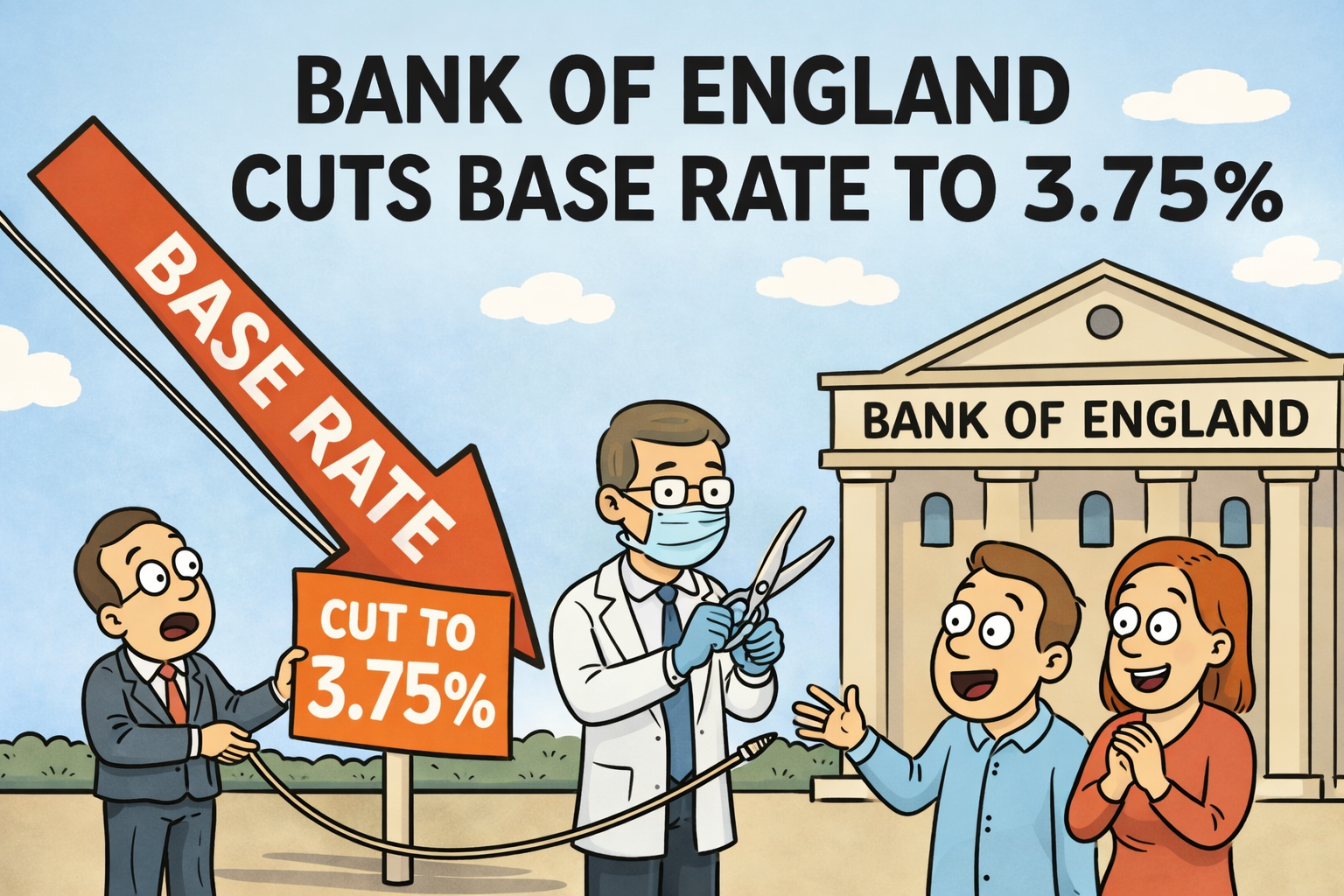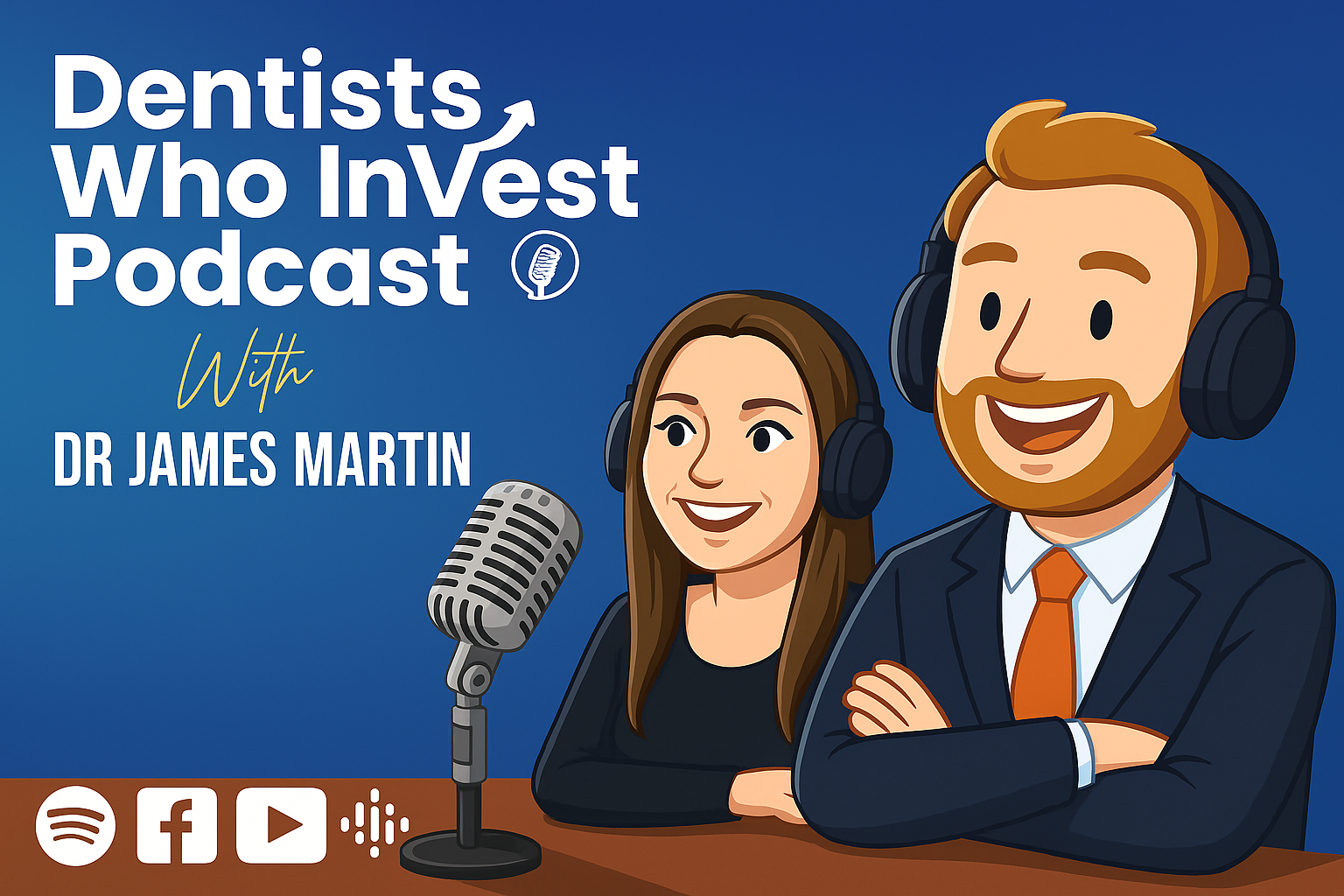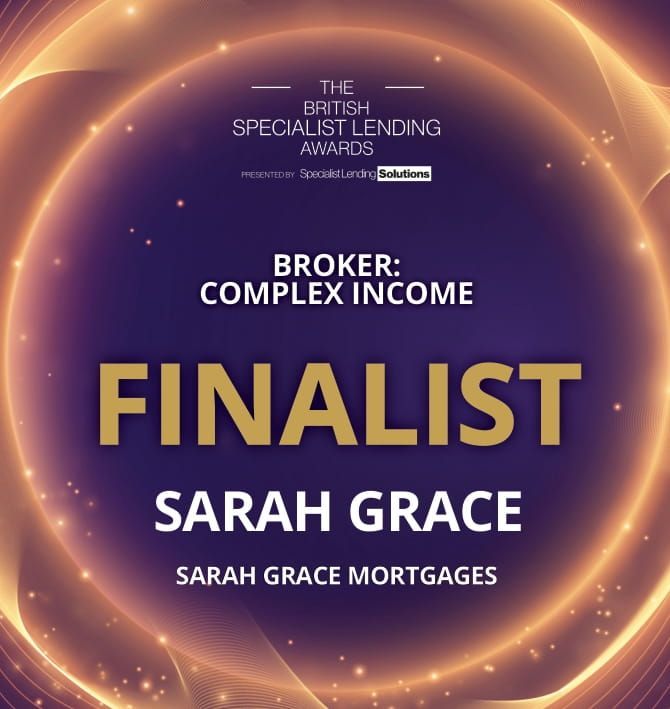May 2025 Mortgage Market Update - Bank of England Base Rate Reduction
🏡 May 2025 Mortgage Market Update – Base Rate Cut Sparks Market Moves
In April, we covered how mortgage lenders price their rates using tools like SONIA and interest rate SWAPS. This month, we’ve seen a major development that’s already shifting the market: the Bank of England’s first base rate cut of 2025.
🔻 BoE Cuts Base Rate to 4.25% – What That Means
As widely anticipated, the BoE reduced the base rate by 0.25% in May, bringing it down from 4.5% to 4.25%. It’s the first of three cuts the market expects this year (with further moves likely in August and November).
This decision follows:
- Continued slowdown in headline inflation (now 2.6%)
- Gradual easing in services inflation (still sticky at ~4.8%)
- Rising unemployment, now at 4.5%, with further softening expected
The BoE’s tone suggests a
gradual easing cycle, focused on balancing inflation risks with growing signs of economic fragility.
💹 Swap Rates React – But Less Than You Might Think
While the base rate cut is a headline event, swap rates didn’t fall as much as borrowers may hope.
- 2-year swaps: down only ~0.10% after the cut
- 5-year swaps: flat to slightly lower
Why? The market had already priced in this move, and lingering inflation concerns are capping expectations of deeper cuts. As discussed in April (see April's post here), swaps—not just base rates—drive fixed mortgage pricing, so don’t expect instant, sharp drops in rates.
🏦 Lender Reaction – Cautious Optimism
So far, we’ve seen a mixed response from lenders:
- Barclays, Halifax and HSBC quickly trimmed fixed rates by 0.10–0.15%
- NatWest and Santander have been more cautious, adjusting only selected products
- Nationwide reducing rates by up to 0.22% on 09.05.25, the 2nd reduction for the week
Expect more movement in the coming weeks, especially if swap rates ease further or if competition heats up.
🛑 Why Rates May Not Fall Much Further (For Now)
Even with the base rate cut:
- Swap rates remain higher than they were pre-mini-budget (Oct 2024)
- Wage growth is still a concern for the BoE
- Global risks (e.g. U.S. tariffs, China slowdown) could limit future cuts
This means we may see modest rate improvements, but not a return to ultra-low levels any time soon.
🧭 What Should Borrowers Do Now?
If your fixed deal ends in 2025 or you're house-hunting:
- Lock in now: Lenders are trimming rates slowly, but live pricing can still change daily
- Monitor repricing: Some lenders update weekly, others more slowly—work with a broker who can catch market drops and take the hassle away for you
- Check for early switch options: Many lenders allow you to move to a lower rate before completion if pricing improves
🔍 Sarah Grace Mortgages: What We’re Seeing
We’ve seen a surge in clients locking in fixed deals ahead of summer.
Our team is actively:
- Tracking daily lender moves
- Rate switch when better rates become available
- Helping clients navigate types of rate available and timing thing right
✍️ Final Thought
The BoE’s cut is the start of a turning point, but it’s no return to 1% rates. Markets are cautious, lenders are selective, and volatility remains. Smart borrowers are proactive, not reactive—especially in a market that changes week to week.
If you missed our April breakdown of how lenders price mortgages, you can catch up here:
➡️ [See April 2025's post
here]








